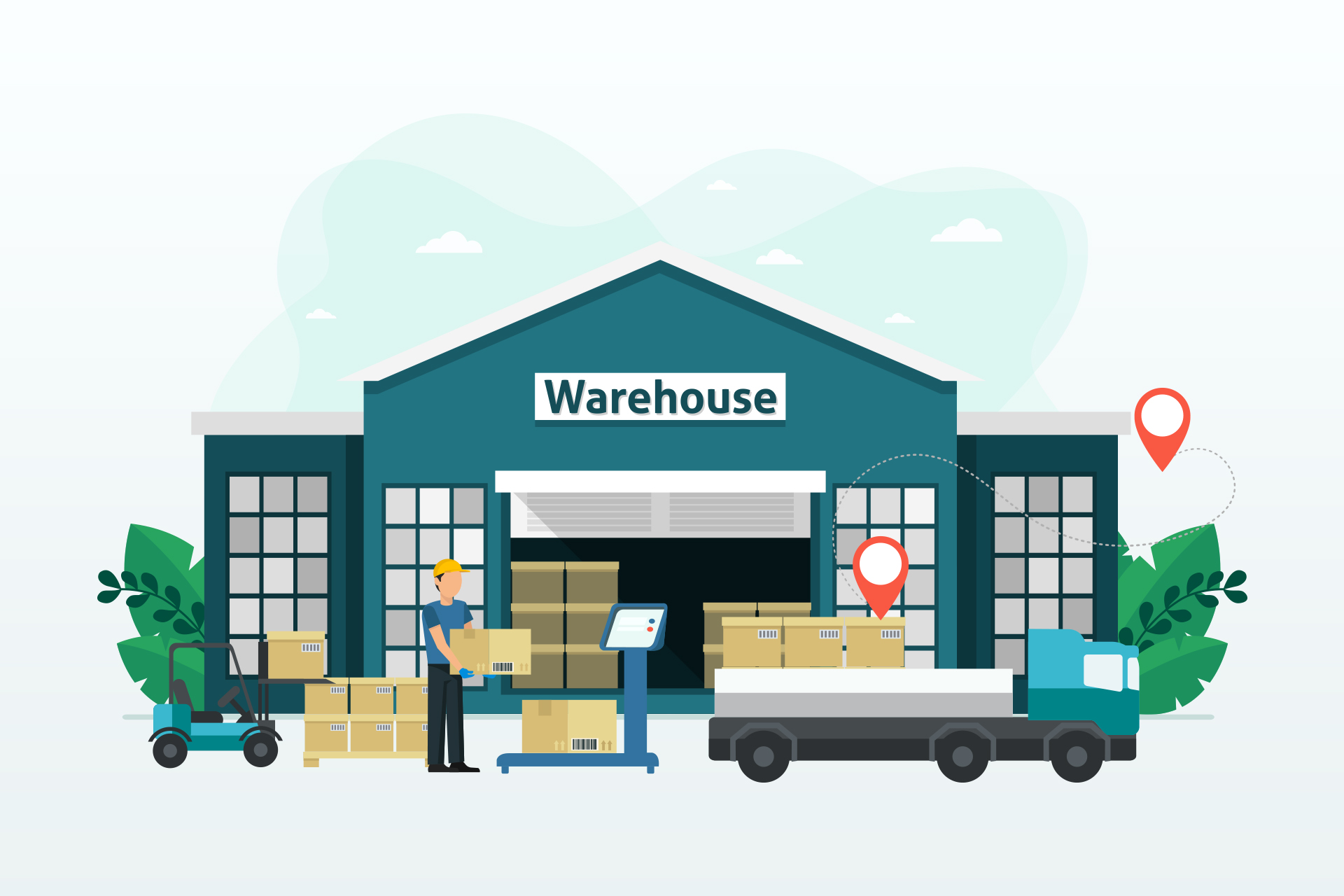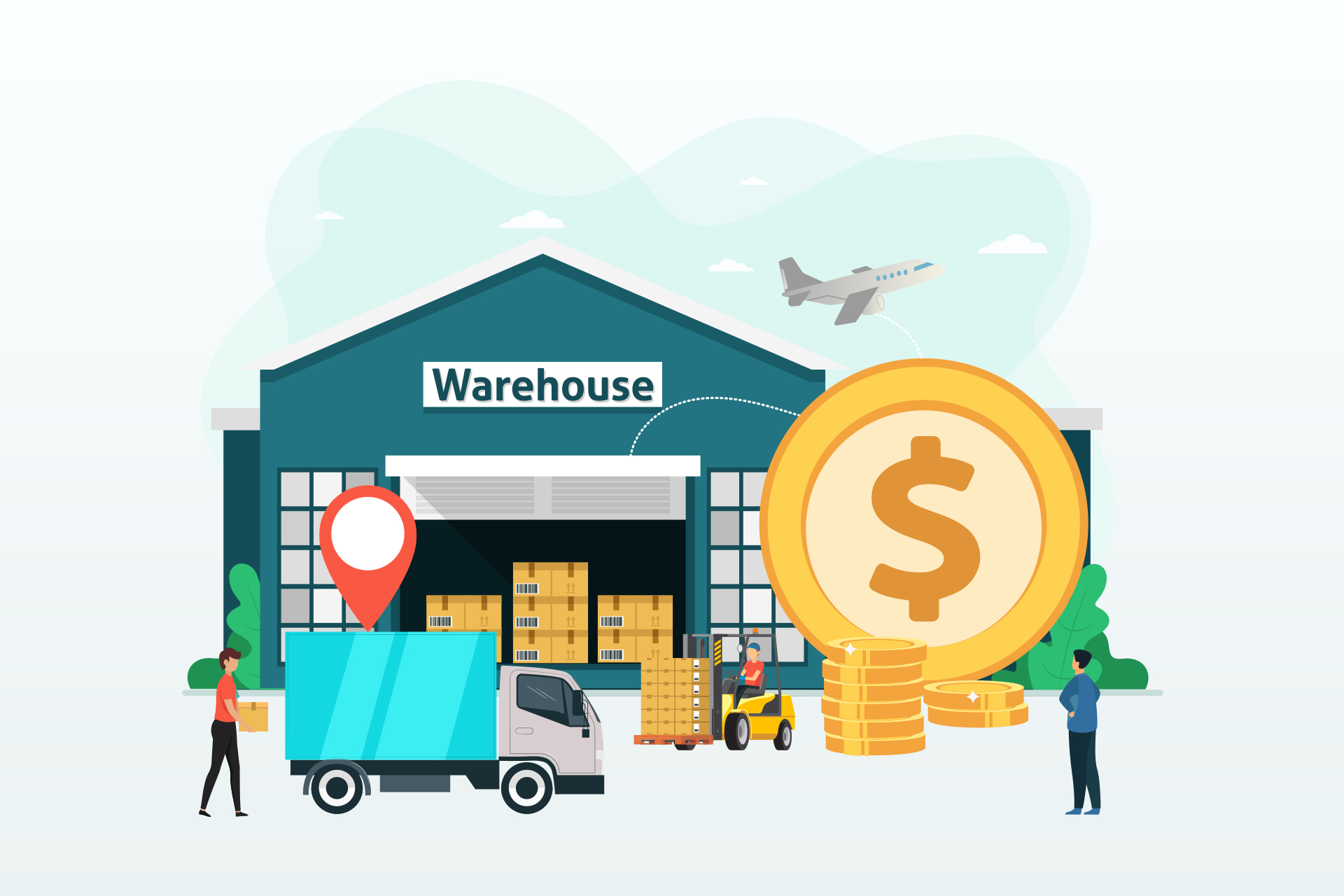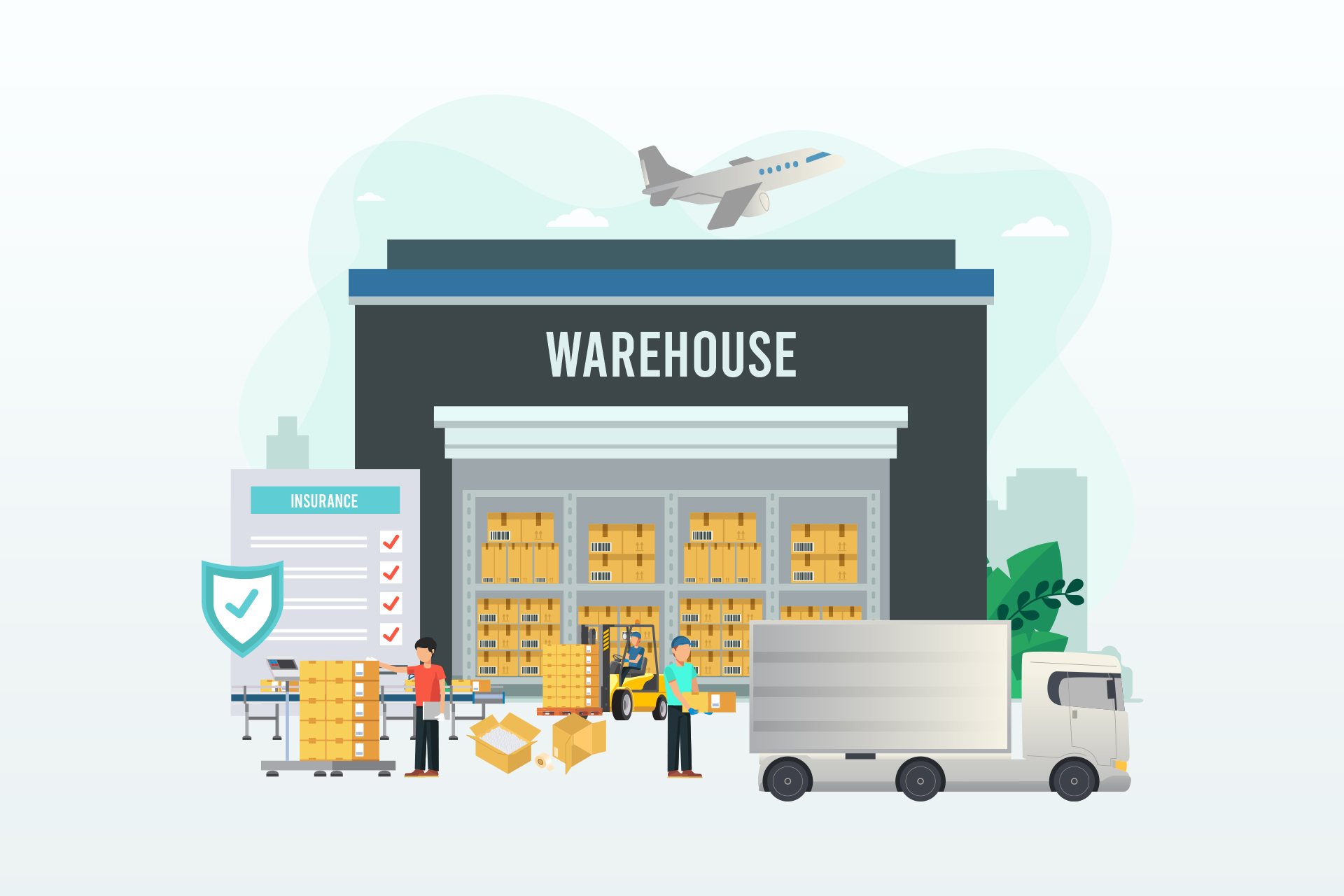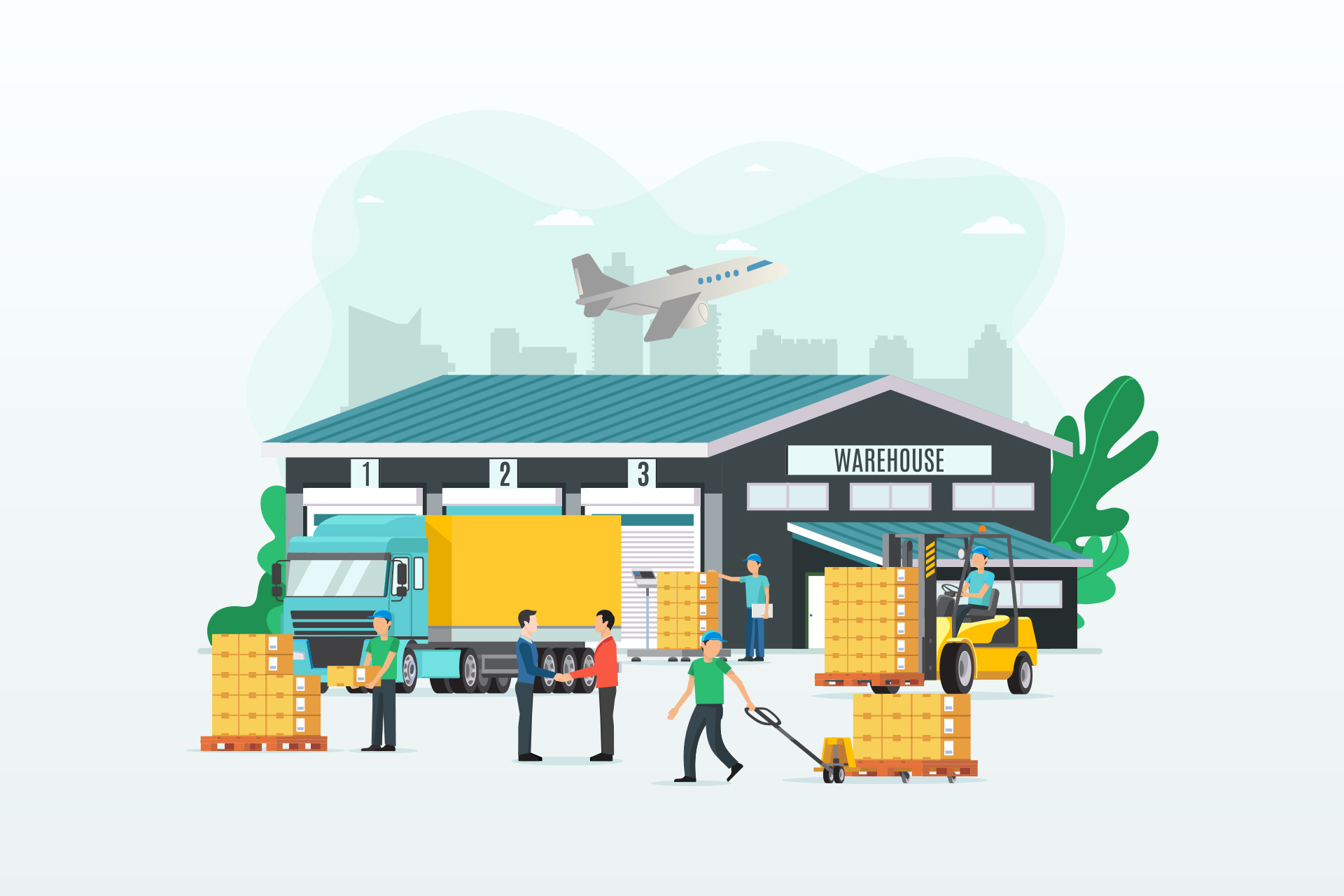So, you already have chosen the best shipping model for your marketplace and have successfully launched your marketplace. We hope that our previous blog has also provided some insights on how to execute the shipping process effectively based on your choice of shipping model. But it’s time to get down to the actual monetary part. Have you thought of how much exactly you have to spend for your marketplace’s shipping system?
Well, we cannot give you an actual shipping budget for your marketplace, nor an estimate for that matter. But we can surely tell you the different areas or scope of shipping expenses based on your shipping model. We will also guide you to setting the shipping prices for your customer. So, keep on reading for a holistic view of a marketplace’s shipping cost and charges!
DROPSHIPPING
You need not spend much (and mostly none) for shipping when you let your dropshippers fulfil your orders. That’s the basic advantage of the dropshipping model. Since your dropshipper ships the ordered products, they take care of the shipping expenses – whether they ship themselves or through a partner carrier.
However, some suppliers/vendors do charge a certain amount for their dropshipping services. That might be one of the few areas of shipping expenditures that you, as a marketplace owner, need to bear.
While setting up the commission based on the products listed on your website, you will have to consider your vendor’s SRP (Suggested Retail Price). Your dropshipper, i.e., your vendor would suggest a price that includes their shipping charges and any other charges if applicable. This is usually agreed upon by the contract but the vendor might increase the price depending upon increased shipping charges. There are a few good ways in which the selling price can cover the shipping fees:
- Offer free shipping to your customers and cover the shipping charges from your profit.
- Increase the selling price slightly and then offer free shipping to your customers.
- Charge a low flat shipping rate and increase the cost of the products slightly.
- Pass on to your customer the exact shipping cost charged by your vendor.
We will further discuss the different options for setting up shipping rates later in this blog.
SELF-FULFILLMENT
The term “self-fulfillment” is pretty self-explanatory – it means that you will have to take care of the various shipping related costs. However, the best thing about self-fulfillment is that you know each and every scope of expenditure and can control it as it suits your marketplace. You don’t have to worry much about hidden charges that could be a case with third-party fulfillment. So, this is one option where you get to see all charges upfront and set the prices for your customers accordingly.
Scope of fulfillment cost:
- Packaging materials and tools – When you pack your products in-house, you would need a plethora of packaging materials, tools and machineries to pack and handle the products. Cartons and packing boxes, packing fillers, duct tapes, printers and ink, warehouse trolleys, etc., are some of the common items and tools required in a packaging warehouse.
- Warehouse – Self-fulfillment requires maintenance of a warehouse.
- Transportation – This is the main expense related to the shipping unit of your marketplace. When you decide to ship as well as deliver your orders by yourself, you would need to consider factors like vehicle cost, fuel charges, delivery team recruitment and maintenance costs, etc. Even if you rely on a third-party carrier, you would still need to transport the product to the carrier office. The kind of transportation you choose for these transports is the main factor of the cost of shipping.

- Return Shipping – Returns/exchanges and the costs involved for the same should also be considered. Whether you send your own delivery agent for reverse pickup, a third-party carrier, or ask the customer to send it back on their own, the return shipping cost must be borne by you.
- Shipping insurance – There is always a risk of your products getting misplaced, lost or damaged when you ship them. If you ship expensive products or in higher volume through a carrier, it’s always safe to get shipping insurance. This will help you avoid the loss due to the damage as your insurer will reimburse the cost.
Setting shipping charges:
Setting shipping charges for products that are fulfilled in-house is relatively easier due to your complete knowledge of the actual shipping costs. There are four primary shipping rates options that you can apply for your marketplace:
- Free Shipping
Amazon has spoilt online buyers with the privilege of free shipping. According to the 2018 Global Ecommerce Study by Pitney Bowes, 91% of customers would leave a shopping site that doesn’t offer free shipping! Therefore, this option is not just a shipping option but also a marketing one. However, free shipping doesn’t mean that you give the shipping charges from your pocket. Well, you indirectly charge it from your customers and that’s the trick!
 There are a number of ways in which you can effectively strategise free shipping for your customers:
There are a number of ways in which you can effectively strategise free shipping for your customers:
- Including the shipping charge in the product price and displaying the selling price accordingly
- Providing free shipping at a minimum spend amount threshold
- Providing free shipping against loyalty programs, like that of Amazon Prime, that requires recurring subscription payment
- Providing free shipping for standard delivery and levying shipping charges for expedited deliveries
The bottom line is to set your prices in a way that you don’t need to scrunch your profits a lot in order to provide free shipping to your customers. However, this method is one of the sure-shot ways to increase conversion rates and sales.
- Flat Rate
As the name suggests, flat-rate shipping means that you set a standard and fixed shipping charge for your customers. In this option, the weight, dimensions or distance of the delivery point is not considered to affect the shipping charge for each order.
The best way to set a flat-shipping rate is to average the total shipping and handling costs for each product of a certain category. For this, you would have to determine the shipping cost charged by your carrier for each item through their website based on your product’s (or package’s) weight, dimensions and delivery distance. This might seem to be a tough process but you would have to do it anyway when you actually ship the package. Once you get the average of the shipping costs, you can fix a suitable flat-rate for shipping across your orders.
Now, the shipping cost of some orders might not be sufficient due to the flat-rate. However, that deficit gets covered when some items are charged a higher shipping cost than they might actually cost. This option benefits customers who wish to buy more items in a particular order paying only a fixed shipping charge instead of individual shipping rates.
- Table Rate
Let’s say, you need to deliver an order to a customer who is just a few miles away from the warehouse. Your customer might not prefer paying the same shipping charge that you charge for an outstation shipment! In such cases, table-rate shipping can be utilized.
Table rate shipping is the opposite of flat rate shipping. In this type of shipping, you set shipping rates for individual orders based on the package’s weight, dimensions and the distance covered to deliver the order.
 You can also consider setting threshold shipping charges based on order values or quantities. For example, you might levy a certain shipping charge for a certain order value or quantity and subsequently lower the shipping charge with higher order value or quantity. This shipping option is beneficial for those marketplaces that have a wide variety of shipping zones and require flexibility in shipping charges.
You can also consider setting threshold shipping charges based on order values or quantities. For example, you might levy a certain shipping charge for a certain order value or quantity and subsequently lower the shipping charge with higher order value or quantity. This shipping option is beneficial for those marketplaces that have a wide variety of shipping zones and require flexibility in shipping charges.
- Real-time Rate
This option is for those who want to display a no-frill, upfront shipping charge for their customers. In this option, you display the exact shipping cost charged by your carrier partner when your customer is checking out. The shipping charge is determined by the carrier partner based on the customer’s location, package weight or dimension and other delivery preferences. Therefore, the shipping charges vary from product to product across the website.
You can add surcharges for your packing and other costs with the carrier cost and set the shipping charge for your items accordingly. However, one of the biggest disadvantages of real-time shopping charges is that your customers might get shocked by an individual product’s shipping charge as per the carrier rate and might eventually abandon your website. Nevertheless, this is a great method if you want hassle-free shipping coverage without the risk of undercharged shipping because your customers pay exactly what your carrier partner charges you.
THIRD-PARTY LOGISTICS
When you outsource your fulfillment to a third-party logistics service provider, your logistics partner takes care of the shipping peripherals. Apart from the in-house costs of maintaining a warehouse (if you have one) and a management team, fulfillment costs are mostly charged to you by the 3PL provider! Some logistics providers roll the costs together and charge a fixed lump sum that needs to be paid monthly/annually while some providers charge for every single movement involved in the fulfillment and bill accordingly. 3PL costs can be complex, so you need to be careful with the price fixations and surcharges. Here is a list of cost factors that your 3PL provider might charge you for.
Scope of fulfillment cost:
- Software setup – an integrated software that automates fulfilment procedures between the two sites (your/your vendors’ warehouse and the 3PL provider’s warehouse) is extremely important. While some 3PL companies do it for free, some charge for the software. However, these are mostly one-time fees.
- Inbound shipping and receiving – This is the fee that your logistics provider would charge for picking up and receiving the ordered products from your or your vendor’s warehouse. This can either be a flat-rate or per order/product based.
- Storage and warehousing – 3PL providers charge an amount for storing your products safely in their warehouses. The charges depend on the volume of your product and is calculated by the space your product or the pallet containing your product is taking up.

- Packaging and label printings – Your 3PL provider would pack your products for further shipping and would charge you a cost for the packaging based on the dimensions and weight of your products. Shipping label and special label inserts are also charged in this step.
- Kitting – Kitting refers to the special arrangement or assembly required for your package before it is finally shipped. This includes assembling multiple SKUs and creating a new SKU for the package. Since kitting is unique to each order, kitting charges can vary.
- Shipping – This is the actual base cost required to ship a product. Your 3PL provider might charge you the shipping fees based on the expedition preferences like how fast you want your orders to be delivered, preferred mode of transport, etc.
- Returns – Some 3PLs take up returns on your behalf. However, they might add a certain processing charge against the same.
Setting shipping charges:
Against the above factors, your 3PL provider might share with you an estimate of shipping charges per item/order even before you set a contract with them. Based on your logistics partner’s shipping charges per product/order, you can set the selling price of your products. You can either fix a flat-rate for each order based on the average of the shipping charges estimated by your 3PL provider or display the upfront charge for each order. With time, you would be able to determine which option is suitable for you so that your 3PL shipping charges are completely covered by your customer.
WCFM Marketplace for the Ease of Shipping

WCFM Marketplace provides a comprehensive solution for marketplace shipping. It’s powerful and highly flexible Shipping module takes marketplace shipping to the next level. WCFM Marketplace allows the marketplace owner/admin to set various types of shipping options like Free Shipping, Flat-rate Shipping, Per-product Shipping and even Local Pickup. Not just that, it also allows Shipping by Zone, Shipping by Country and Shipping by Weight and Shipping by Distance. With varied filters and additional capabilities (addon required), you can modify the module as per your marketplace’s requirements! Even if you choose to ship your orders through a carrier partner, WCFM Marketplace is compatible with a number of shopping plugins that can easily fetch live carrier-rates and simplify the shipping process. For advanced shipping options and hassle-free shipping process, WCFM Marketplace can be safely considered as the best option in the market.





Leave a Reply
You must belogged in to post a comment.